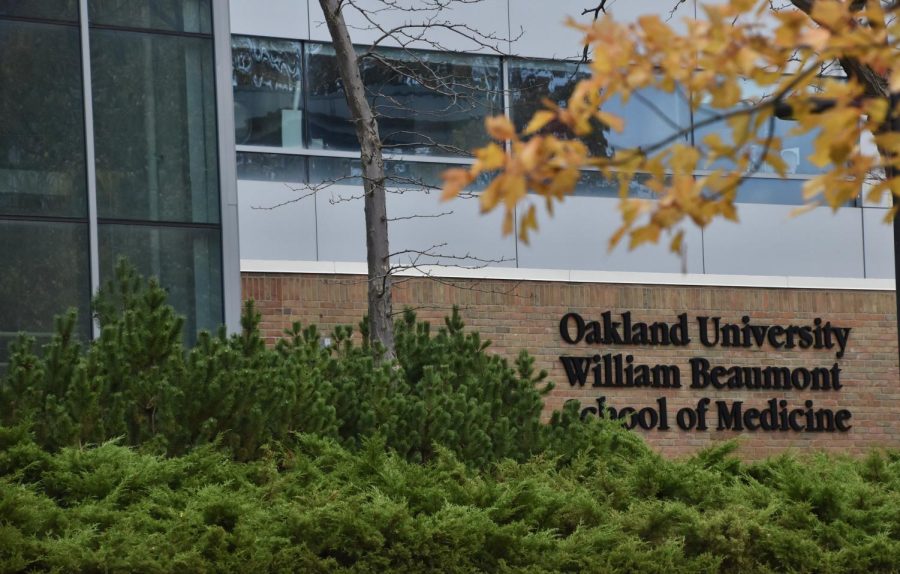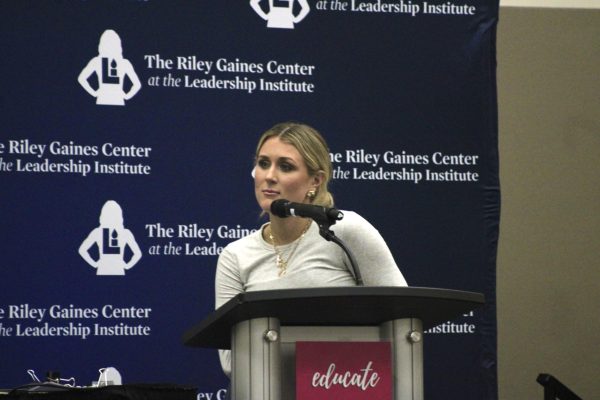OUWB professor sheds light on racial disparities in breast care
The Oakland University William Beaumont School of Medicine was founded in 2008.
Breast cancer may not be something new for most people, and its prevalence still remains high even with medical technology development that allows for a broad range of treatment options.
The World Health Organization (WHO) stated that as of the end of 2020, there were 7.8 million women alive who were diagnosed with breast cancer in the past 5 years.
Dr. Murray Rebner, a board-certified radiologist specializing in breast imaging and intervention, told us more details about breast cancer and the disparities in breast cancer care, especially in Black women.
“There are numerous reasons for the disparities in the success of breast cancer screening between white and African American populations,” Rebner said. “One involves the types of breast cancer each group gets. Breast cancer diagnosed before age 50 represent 23% of all breast cancers in African American women but only 16% of breast cancers in white women.”
Unfortunately, disparities don’t end here. According to Rebner, the triple-negative subtype which has an inferior outcome and occurs at a younger age is twice as common in Black women as it is in white women, whereas the hormone receptor-positive subtype which has the best prognosis has a higher incidence in white than Black women.
Rebner said Black women are also less likely to have primary physicians, and more likely to experience pain and embarrassment during mammograms. Outside of healthcare, lower incomes and lack of insurance may also be barriers to screening as they are more common in the Black population.
Efforts for Breast Cancer Awareness Month are made each year by a variety of healthcare organizations, grassroots women’s support groups and the media to highlight the importance of early breast cancer detection. These organizations promote breast cancer screening, as well as showcasing individual patients who have benefited from early breast cancer detection.
“There are many models available today on the web,” Rebner said. “The most comprehensive is the IBIS or Tyrer-Cuzick model. This model requires answering a series of questions regarding one’s personal and family history of breast cancer, any breast surgery history and a reproductive history.”
The American College of Radiology and the Society of Breast Imaging recommends all women complete a risk assessment survey by the age of 30. Although hereditary factors and family history only account for 15 percent of all breast cancers, women at a higher risk are recommended for additional screening through MRI and ultrasound that can help find cancer earlier when it is not detectable by mammography.
Additionally, Beaumont’s website offers information about screening recommendations, scheduling appointments and the importance of breast cancer screening for women.
With the constant development of medical technologies, Rebner hopes to see more personalized screenings with new modalities such as contrast-enhanced digital mammography that may contribute to the screening process and reduce the use of expensive tests like MRI.
“Once a woman knows her lifetime risk, she can determine what screening regimen would work best for her,” he said. “Improved access to screening centers will hopefully increase utilization in the future. More financial support to lower-income women will allow them to participate in both the screening and subsequent diagnostic workup processes.”
Rebner said he became a radiologist because he enjoys direct patient contact and use of cutting-edge technology to find breast cancer at its earliest point of development. As a breast imager, he discusses the diagnosis with the patients and advises them on further management strategies, ultimately increasing the survival rates from the cancer in his patients.
“I always tell my patients that every person must take responsibility for their own health care,” Rebner said. “This means knowing your risk for developing breast cancer. Once you know your individual risk you should plan your screening process with your health care provider and follow it.”










